In Addition to Pollution and Maybe Sinkholes, Fracking May Cause Earthquakes
Published Dec. 29 2020, 3:58 p.m. ET
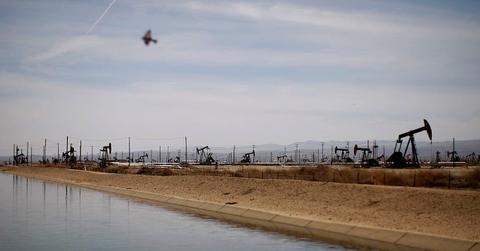
The process of fracking has always been controversial. In 2017, the French Parliament made headlines when it banned fracking entirely throughout France, it’s been known to cause water pollution, and of course, the burning of fossil fuels — yes, even natural gas — results in the greenhouse gas emissions that ultimately contribute to climate change.
Fracking is an extraction method that utilizes drills to delve 1 to 2 miles beneath the Earth’s surface and extract oil and natural gas from underground. It contributes water pollution, climate change, and maybe even sink holes. Clearly, it can contribute to some severe weather events, which may include earthquakes. Keep reading to learn more about how fracking may lead to earthquakes.
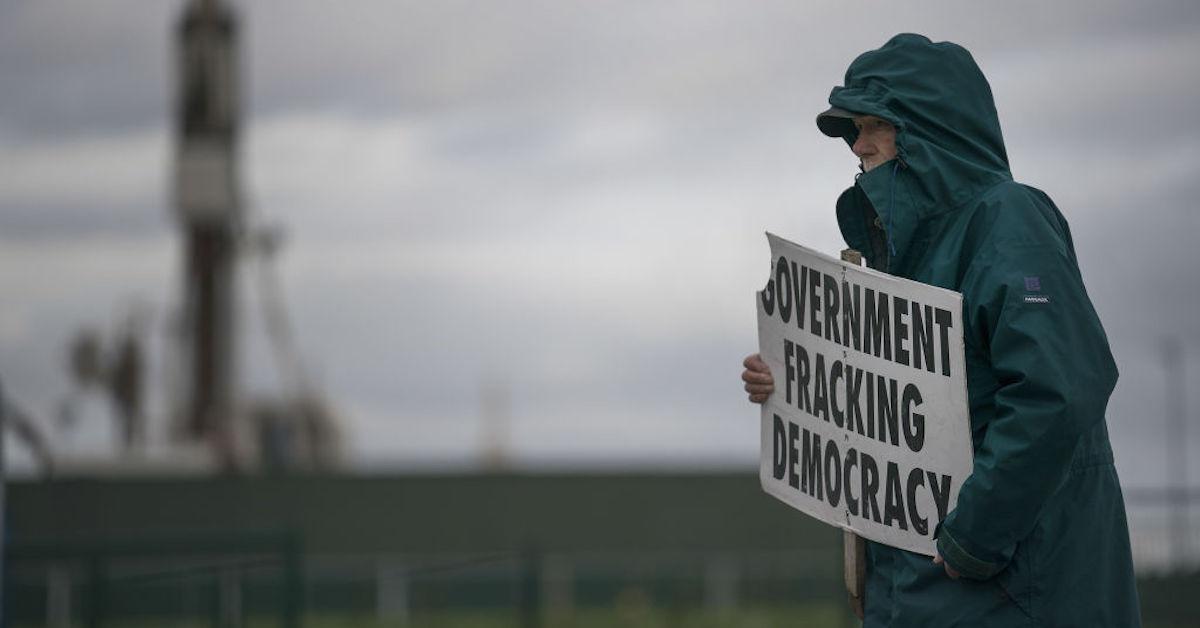
Where are fracking sites located?
According to LiveScience, the U.S. had about 276,000 natural gas wells in 2000. In a decade, that number rose to 510,000, the U.S. Department of Energy (DOE) reports. It keeps climbing, too. Yearly, 13,000 new wells are drilled in the U.S. In fact, according to a 2014 study, 15.3 million Americans have lived within a mile of a fracking well at some point since 2000.
A stretch of land from central New York to Ohio and south down to Virginia – are considered to be the most profitable fracking sites in the U.S., according to the U.S. Energy Information Administration (EIA). However, it’s more than just those three areas. In 2018, the EIA reported that 22 percent of natural gas production came from Texas, 20 percent from Pennsylvania, 9 percent from Oklahoma, 9 percent from Louisiana, and 8 percent from Ohio.
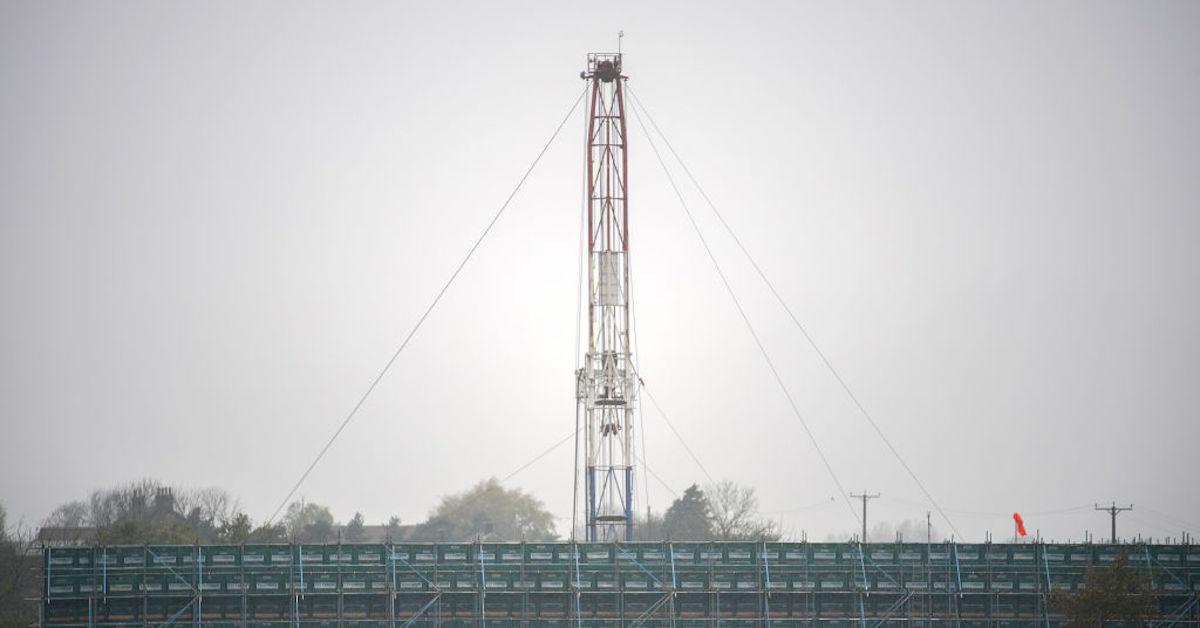
Fracking chemicals are considered to be dangerous.
Fracking requires hydraulic pressure. Once the drill is underground, pressured slickwater – the ingredients of which are widely unknown, but are thought to be a mixture of water, chemicals, sand, salts, and additives – are injected into the rock at rapid speeds. This causes the rock to fracture off and release the oil or natural gas so it can be extracted. So, what are the chemicals involved in fracking? And are they safe?
A 2016 study published in Journal of Exposure Science and Environmental Epidemiology found that toxic chemicals such as arsenic, benzene, cadmium, chlorine, formaldehyde, lead, and mercury are just a few of the 200 toxins found in fracking fluids and wastewater that results from fracking. Of 240 substances analyzed, they concluded that 157 of them were toxic and were associated with developmental or reproductive toxicity.
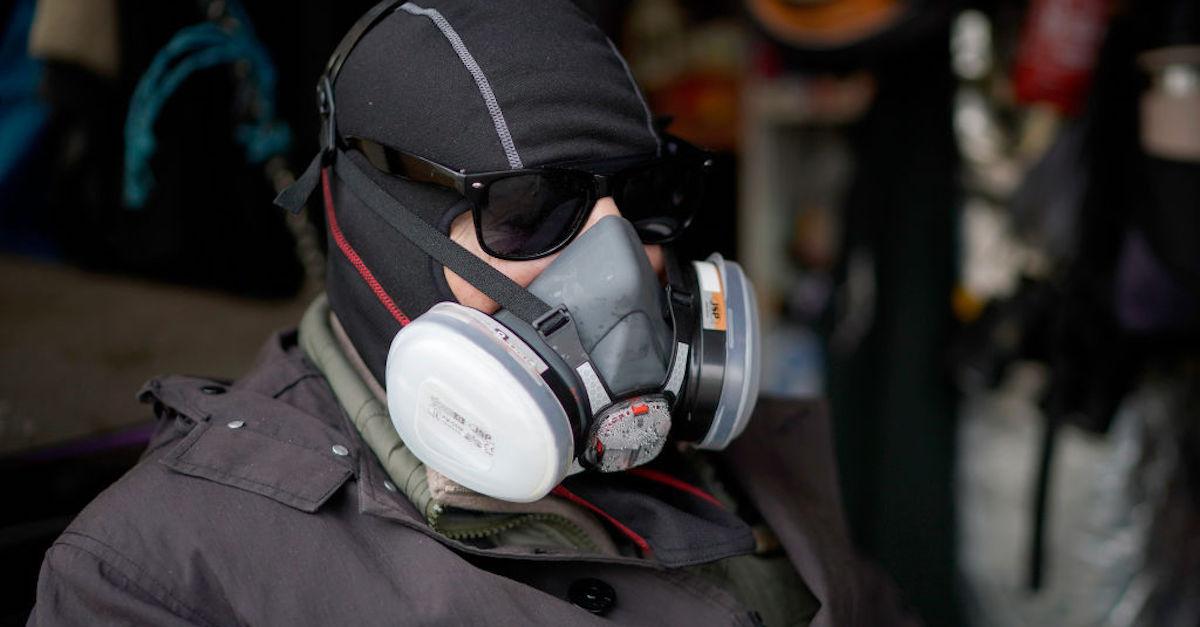
Does fracking cause earthquakes?
In addition to water pollution and potentially sinkholes, evidence shows that fracking can cause minor earthquakes. According to a 2019 report from Science Daily it's been thought to cause earthquakes across the mid-continent of the United States almost 10 years. This is because fracking requires the injection of a pressurized mixture of saltwater and chemicals, which is thought to induce minor quakes, which could graduate to more severe ones.
Prague, Okla. experienced the largest fracking-linked earthquake to date back in 2011. Rather than just one earthquake, Prague experienced a series of earthquakes, the largest of which occurred on November 6, 2011 and reached a magnitude of 5.7. A 2013 study published in GeoScienceWorld linked the quake to injections and disposal wells, but also cited these factors as the cause of an increase in quakes throughout the U.S.
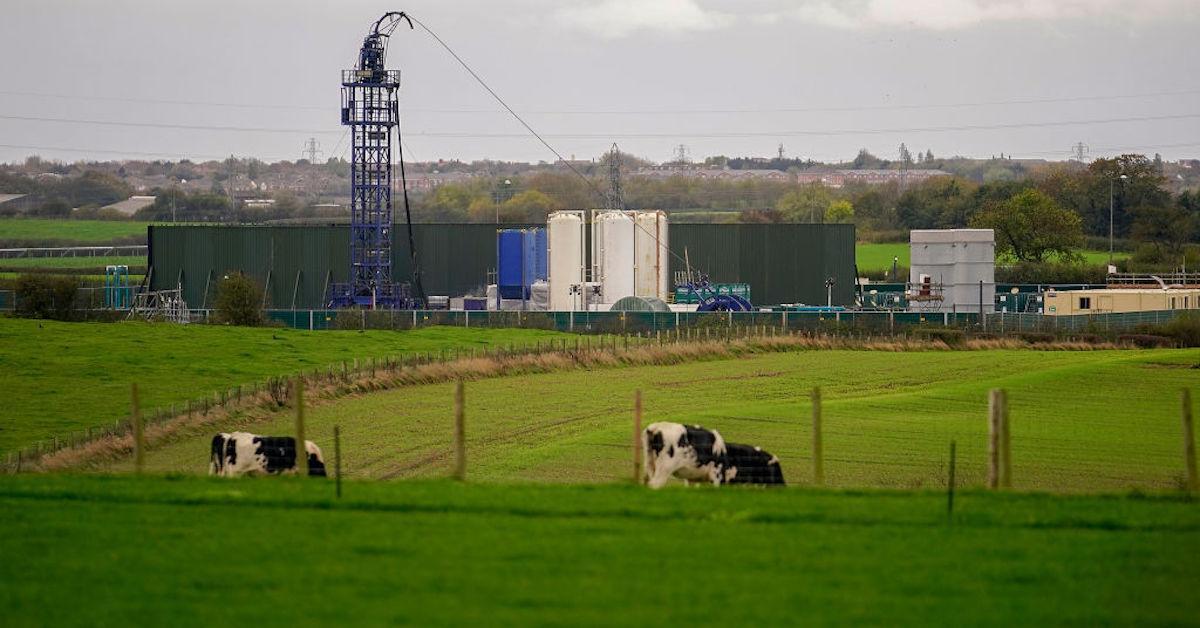
Cattle graze next to the Preston New Road drill site where energy firm Cuadrilla Resources have recommenced fracking operations to extract shale gas, on October 25, 2018 in Blackpool, England. Operations at the shale gas extraction site were recently paused by Cuadrilla as a precaution after an earth tremor measuring 0.4 was detected by sensors.
How does fracking cause earthquakes?
More research is required on the connection between fracking and earthquakes, but the primary school of thought is that disposal wells are mainly what cause quakes and tremors — not the fracking itself. A disposal well is where the residual drilling fluids end up, deep underground. One well uses nearly 4.5 million gallons of that slickwater; in Texas alone, the Railroad Commission estimates there are 50,000 disposal wells underground, storing waste from more than 216,000 active drilling wells.
Many of the earthquakes in the Fort Worth area of Texas have been linked back to Barnett Shale, a geological formation and plentiful source of natural gas in Northeast Texas. It’s the largest onshore natural gas field in Texas, but maybe even the U.S. In 2012, a study from the University of Texas at Austin found a “definitive link” between earthquakes between Dallas and Fort Worth and the disposal wells located in Barnett Shale.
Either way, fracking is devastating to the planet — hopefully we can transition to a clean energy source sooner rather than later.